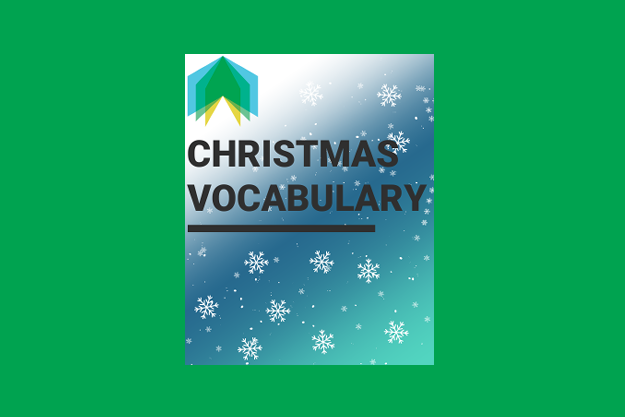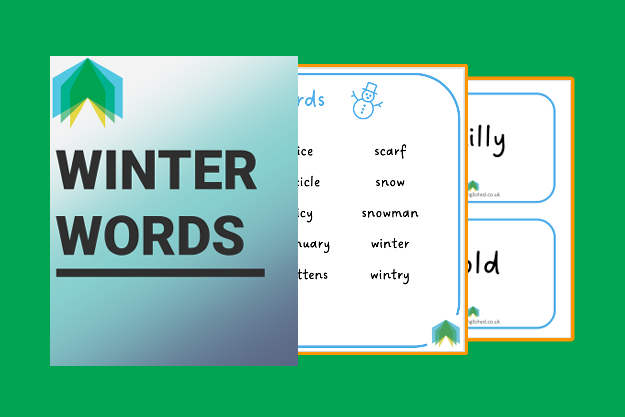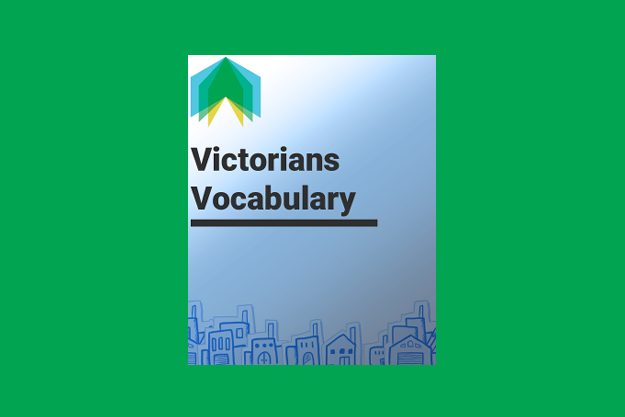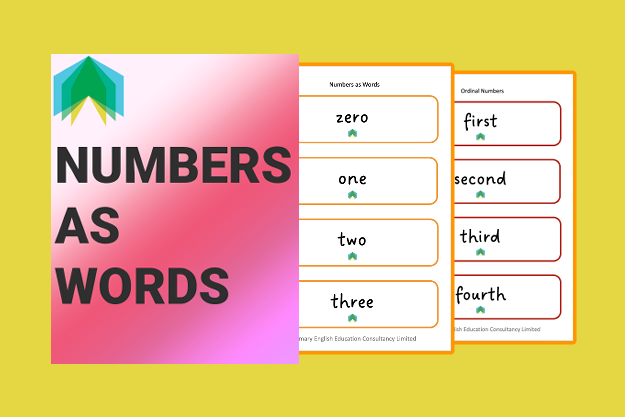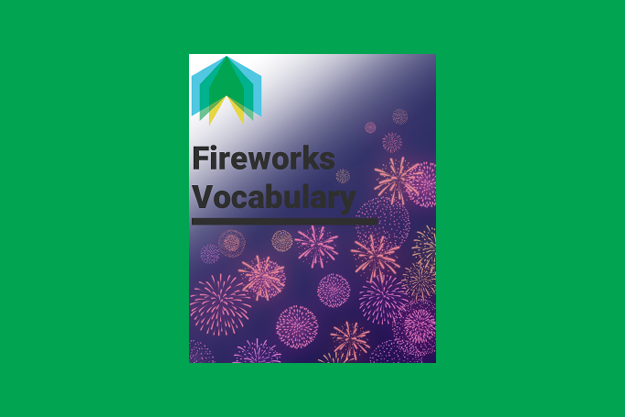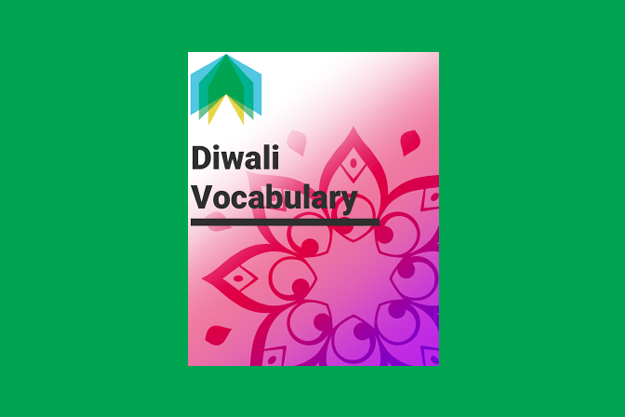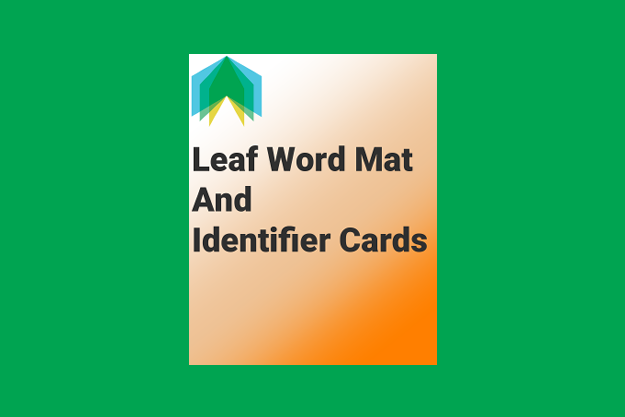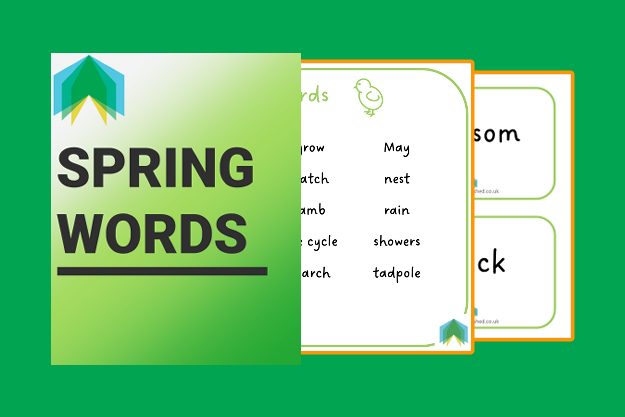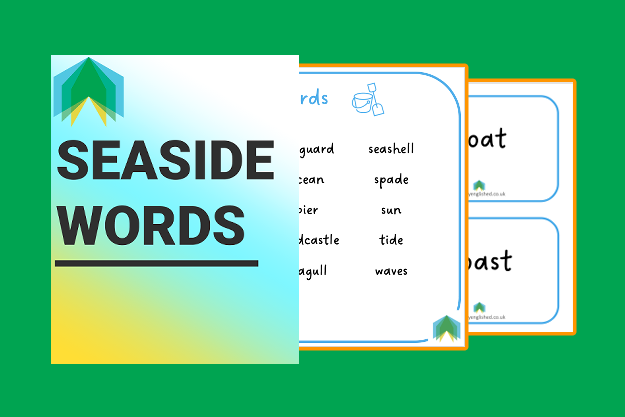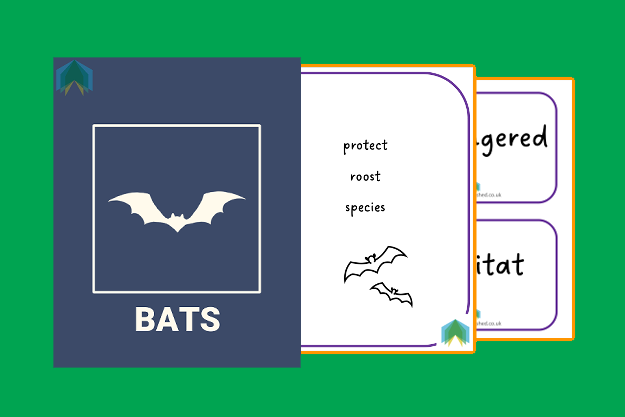Quick Tips for Spelling and Vocabulary: using word mats
Word mats, sometimes called word banks or vocabulary banks, are commonplace resources found in most classrooms. In this article, we suggest some quick tips and ideas for getting the most from these super scaffolds.
Playing with words
Expand children’s vocabulary and spelling skills by using word mats to play games such as hangman. We like playing word ladders with word mats. We give the children a word from the mat and challenge them to write another that begins with the last letter of our word, and so on. This works particularly well with the Statutory Spelling Lists for key stage 2.
Fun and games
It can be useful to have the vocabulary on the word mat in flashcard format (our vocabulary packs do this). Not only can the flashcards be used for classroom displays, but they can be used for playful learning. For example, pairs of cards can be used for snap and memory games. And if your flashcards come with definition cards, you can play match the meaning games too.
Introducing vocabulary
When starting a new topic or unit of work make, or find, a word mat that includes key vocabulary you want children to learn. Read the words to children so that they know what they say and how to pronounce them. Explain that you’ll teach them more about the words as you use them in the coming lessons.
Keep them to hand
Store the word mats in an easy-access location so children can use them independently to locate words and check their spellings. You can also display words from the word mats on the working walls. Our vocabulary packs come with flashcards to help you do this.
Make connections
There is often the opportunity to make links and notice relationships between the words on a word mat such as synonyms, antonyms, and words that belong in word families. This is a great way to build children’s word power.
Pre-learning
Some children benefit from learning vocabulary before it is used in lessons. This is especially the case for EAL learners and some children with speech and language needs. In these cases, word mats can be used by a TA to pre-teach vocabulary. Furthermore, the word mat can be sent home for extra practice.
Shrinking the scaffold
Word mats, like all scaffolds, should be removed over time to promote independent learning. With this is in mind, check which word mats your pupils need and remove as necessary.
Personalising the mats
Create bespoke mats based on the needs of individuals or groups of children in the class. These could be combinations of other word mats and include children’s personal tricky spellings. Alternatively, ask older children to create their own word mats for a really personalised approach to learning.
Cater for a range of preferences
Be mindful of children’s learning preferences. Some children may prefer flashcards, some may want large copies, and many older pupils prefer their word mats created in a small format that they can slip inside their exercise book.
Editing and Proofreading
When using ARMS to edit their writing, children are encouraged to Add and Substitute vocabulary. Having a word mat of suitable suggestions can really help children with this. Likewise, when using CUPS to proofread their spelling, having word mats to hand can really help children improve their writing.
Find out more about ARMS and CUPS in our article which includes a link to our FREE revising and editing posters.
We have a growing range of word mats and flashcards. As we’re not a subscription website, they are available to download free of charge and without having to take out a subscription.
